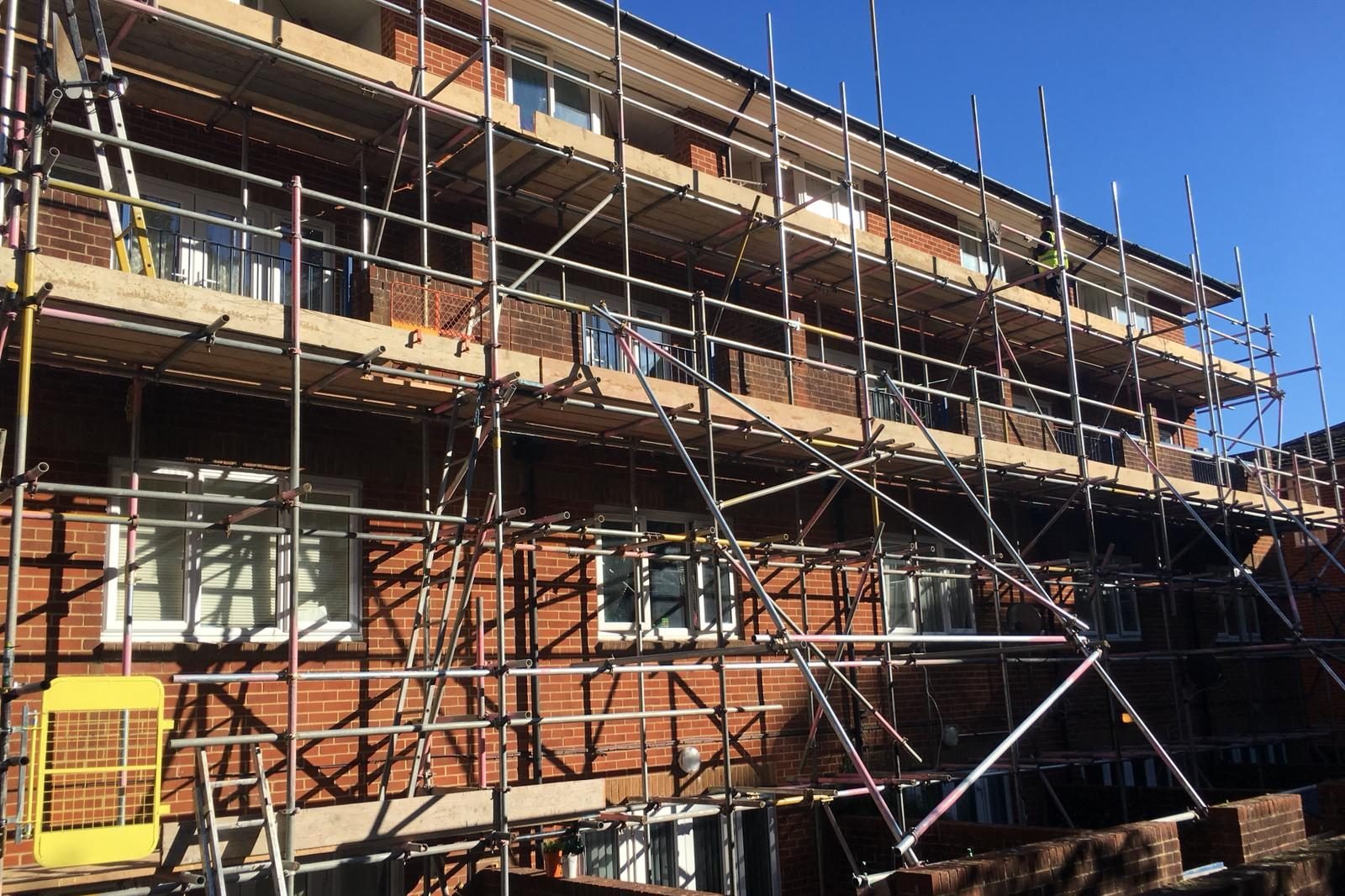Scaffolders play an important function in the construction industry by providing the structural support required for workers to securely access elevated places. Scaffolding is required in a variety of construction projects, from residential to complicated commercial and industrial. Scaffolders in Reading are experienced individuals who build, maintain, and dismantle scaffold systems to create safe workspaces at heights.
This article will look at scaffolders’ work, the services they provide, the necessity of scaffolding safety, and how to select the best scaffolding service for your project.
Understanding the role of scaffolders
Scaffolders are skilled construction workers who erect temporary scaffolding around buildings or other high areas to support workers, materials, and equipment during construction, maintenance, or repairs. These constructions, known as scaffolds, are often comprised of metal tubes, boards, and other materials. Scaffolders guarantee that these platforms are safe, sturdy, and in accordance with local safety laws.
A scaffolder’s work may differ depending on the project and site requirements, but their primary responsibilities include:
Assessing Site Conditions: Before building begins, scaffolders assess the region to identify the best scaffolding structure, taking into account the site layout, soil stability, and any hazards.
Planning and Design: Scaffolders plan scaffolding constructions based on the building’s layout, height, and activities to be completed. They determine the load-bearing capacity needed to assure safety and durability.
Erection of Scaffold Structure: Scaffolders erect scaffolding by fastening the framework, creating access platforms, and assuring stability. This method entails utilising specialised tools and safety techniques to build a structure strong enough to support workers and equipment at heights.
Miantenance Inspection: Scaffolds must be checked and maintained on a regular basis once they are erected. Scaffolders evaluate structures on a regular basis to ensure their stability, identify any problems, and make any necessary repairs to maintain safety.
Dismantling: Once the job is completed, scaffolders meticulously deconstruct the scaffolding system, ensuring that all components are safely removed and stored.
Types of Scaffolding Services
Scaffolders provide a number of services to meet various construction needs. Here are some of the most popular types:
Residential Scaffolding
Residential scaffolding is used for many housing tasks, including home repairs, extensions, painting, and roof maintenance. This scaffolding is typically simpler and less in scale than commercial installations. Residential scaffolders may also offer scaffolding for restoration and outside decorating.
Commercial Scaffolding
Commercial scaffolding is more complex and includes larger structures. It is suitable for office buildings, shopping malls, and other non-residential properties. This sort of scaffolding necessitates more advanced planning and materials to suit the greater height and weight capacity, as well as adherence to stricter safety regulations.
Industrial Scaffolding
Industrial scaffolding is utilised in many industries, including manufacturing, power plants, refineries, and huge infrastructure projects. These areas are frequently hazardous, thus industrial scaffolding demands modern designs that can resist harsh conditions and support specialised equipment.
Temporary Roof and Weather Protection
Scaffolders in Southampton may also install temporary roofing and weather protection structures to shield building sites from the elements, particularly in places with variable weather. These coverings allow work to continue uninterrupted while protecting workers and materials from rain and wind.
Access Scaffolding.
Access scaffolding provides platforms for workers to access difficult-to-reach sections of a structure, such as high walls, roofs, or awkward corners. This scaffolding is commonly used for inspection, repair, or painting operations that require access to restricted or elevated spaces.
Suspended scaffolding.
In specific circumstances, suspended scaffolding may be used. These are platforms that hang from a building or another structure and are commonly used for jobs like window washing or external wall repairs on skyscrapers and towering structures.
The significance of safety in scaffolding.
Because of the considerable risk of working at elevated altitudes, safety is the most important consideration while using scaffolding. Scaffolders receive intensive training to ensure compliance with safety requirements and best practices for preventing accidents. 3 important components of scaffolding safety include:
Fall Protection: Falls are a major concern in scaffolding work. Scaffolders use a variety of fall safety measures, including guardrails, harnesses and nets, to limit this risk.
Load Bearing and Stability: Scaffolds are intended to support the combined weight of personnel, tools, and materials. Scaffolders must carefully calculate load capacities and ensure the structure’s stability and security.
Regular Inspection: Scaffolding constructions are evaluated on a regular basis, particularly after extensive use or in poor weather. This enables scaffolders to identify and rectify structural flaws or damage.



